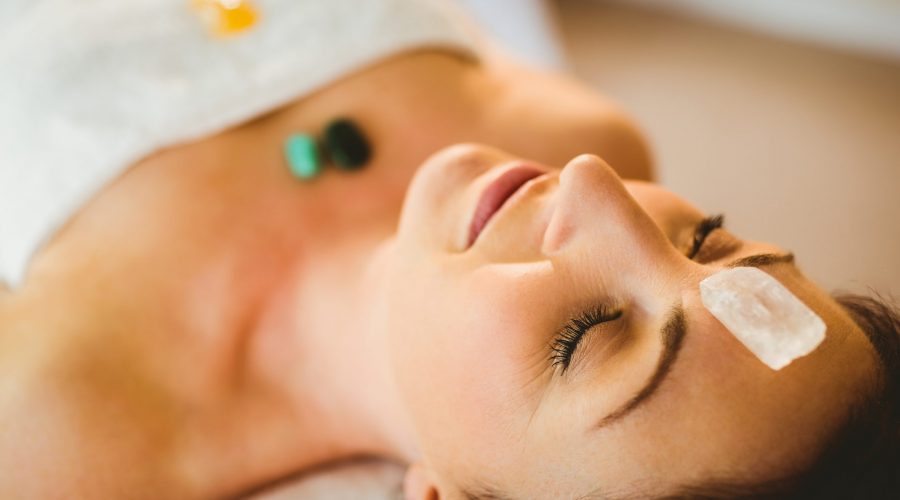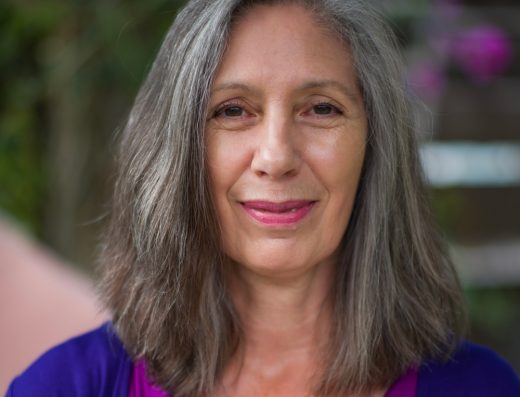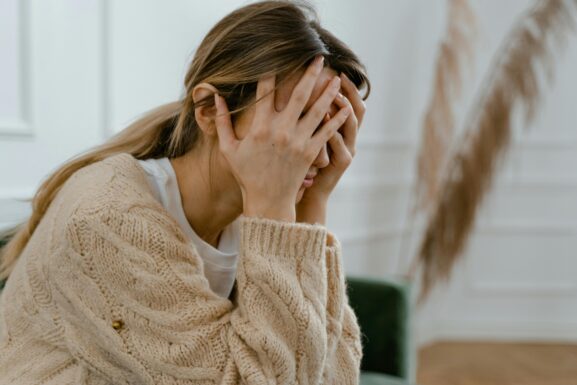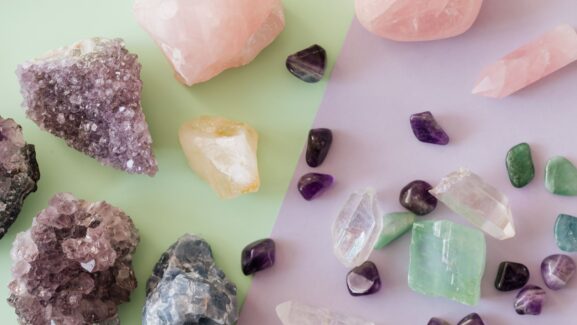Crystals and gemstones have been used to promote balance, healing, spirituality, protection, and prosperity by ancient civilisations dating back to 400 BC. Nowadays, these natural minerals are powerful tools used in an alternative therapy known as crystal healing.
In this article, we explore the benefits of crystal healing and what you can expect when attending a session.
Table of contents
- 5 interesting facts about crystal healing
- What is crystal healing?
- What is the theory behind crystal healing?
- When and how is crystal healing used?
- What is the evidence to support crystal healing?
- What can I expect as a crystal healing patient?
5 interesting facts about crystal healing
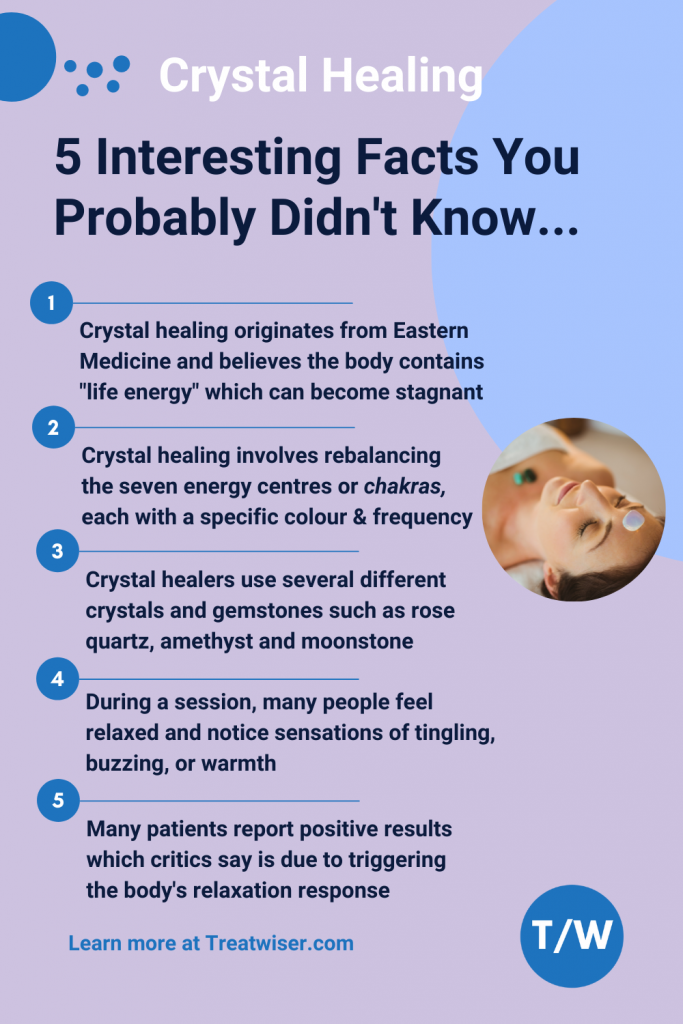
What is crystal healing?
Crystal healing is a holistic, complementary therapy that relies on natural crystals and gemstones to promote relaxation, balance, and vitality. Crystal healers – sometimes known as energy workers – believe crystals are imbued with powerful energies that, when placed on or around the body, support physical, mental, and emotional balance. Healers are trained to carefully select crystals that help people reach their highest potential, both physically and emotionally.
What is the theory behind crystal healing?
Crystal energy healing Is based on traditional eastern medicine
This ancient form of medicine believes that the human body is made up of energy, also known as ‘chi’ or ‘life force’. When this energy becomes stagnant due to stress, poor lifestyle, negative thinking, or illness, it creates ‘blockages’ in the body that can manifest into physical, mental, and emotional symptoms.
Placing specific energy healing crystals in strategic places on the body may help to remove these blockages and support the body’s natural ability to heal. They may also promote and amplify the flow of good energy while absorbing or transforming negative energy.
Crystal healing involves rebalancing the energy centres
According to energy medicine, the body has seven energy centres or chakras, each with a specific colour and frequency. When placed over the chakras, crystals emit positive energy to rebalance energy centres.
The chakra areas are as follows:
- The Crown Chakra (Purple)
- The Third Eye Chakra (Dark blue)
- The Throat Chakra (Light blue)
- The Heart Chakra (Green)
- The Solar Plexus Chakra (Yellow)
- The Sacral Chakra (Orange)
- The Root Chakra (Red)
Crystal healing promotes relaxation
A healing session may help soothe pain, anxiety, and insomnia by evoking a strong relaxation response. It puts the body in an ideal state for optimal rest and healing to occur. This is significant as stress and anxiety cause imbalances in the body and mind, driving disease.
When and how is crystal healing applied?
Crystal therapy may be useful for a variety of symptoms
This holistic therapy can be used in conjunction with allopathic medical treatments as well as other forms of holistic medicine.
People commonly seek out crystal healing for the following reasons, however more research is required to support its efficacy, and you should always speak to your GP or qualified medical practitioner before booking any appointments:
- Stress relief
- General wellness
- Chronic pain
- Chronic fatigue
- Anxiety and low mood
- Sleep problems
- Poor immunity
- Low self-esteem
- Feeling out of balance
- Brain fog and lack of clarity
Crystal healers use several different crystals and gemstones
Many crystals and gemstones may be used in a session, each with its own benefits. Some of the more popular ones include:
- Clear quartz is one of the most popular healing crystals; it’s commonly used to promote clarity, focus, and balance. It may also magnify the energy of other crystals.
- Rose quartz is a beautiful light pink crystal used to enhance feelings of self-love and self-worth and promote healthy relationships.
- Amethyst is a gorgeous purple crystal that promotes protection, healing, cleansing, and restful sleep.
- Citrine is a beautiful orange gemstone that’s used to enhance motivation, personal power, and success.
- Moonstone may relieve stress, promote personal growth, and encourage healthy digestive function.
In addition to placing the crystals over the chakras, a therapist /practitioner may place stones around your body to create something known as an ‘energy grid’ intended to balance the body’s energy system.
What Is the evidence to support crystal healing?
There isn’t any scientific evidence to support crystal healing. Despite this, many people get positive results with this healing modality. However, allopathic doctors believe that any benefits obtained are either the result of the placebo effect or due to it triggering the body’s relaxation response.
What can I expect as a crystal healing patient?
It’s important to keep an open mind when attending a crystal healing session.
The crystal healing appointment
The initial appointment typically lasts around 1 hour. The therapist / practitioner will ask you about your reason for visiting and discuss all aspects of your physical, mental, emotional, and spiritual health.
You’ll then remove your shoes and jewellery and lie down on the therapy bed as crystals and gemstones are placed on or around your body (for example, on the abdomen, over the heart area, and between the eyes). Your therapist / practitioner may enter a meditative state to help them identify any blockages in your chakras. They may also swing a small pendulum over your body to identify which parts of the body will benefit and which crystals to use. You’ll be covered with a blanket and left to relax as the therapist / practitioner comes in and out of the room periodically to remove or add different crystals.
Each therapy crystal healing appointment is designed to make you feel as relaxed as possible; you will remain fully clothed and the therapist / practitioner will play gentle music, adjust the lighting, and diffuse essential oils to enhance the experience. At the end of the session, your therapist / practitioner will encourage you to become aware of your surroundings and get up in your own time.
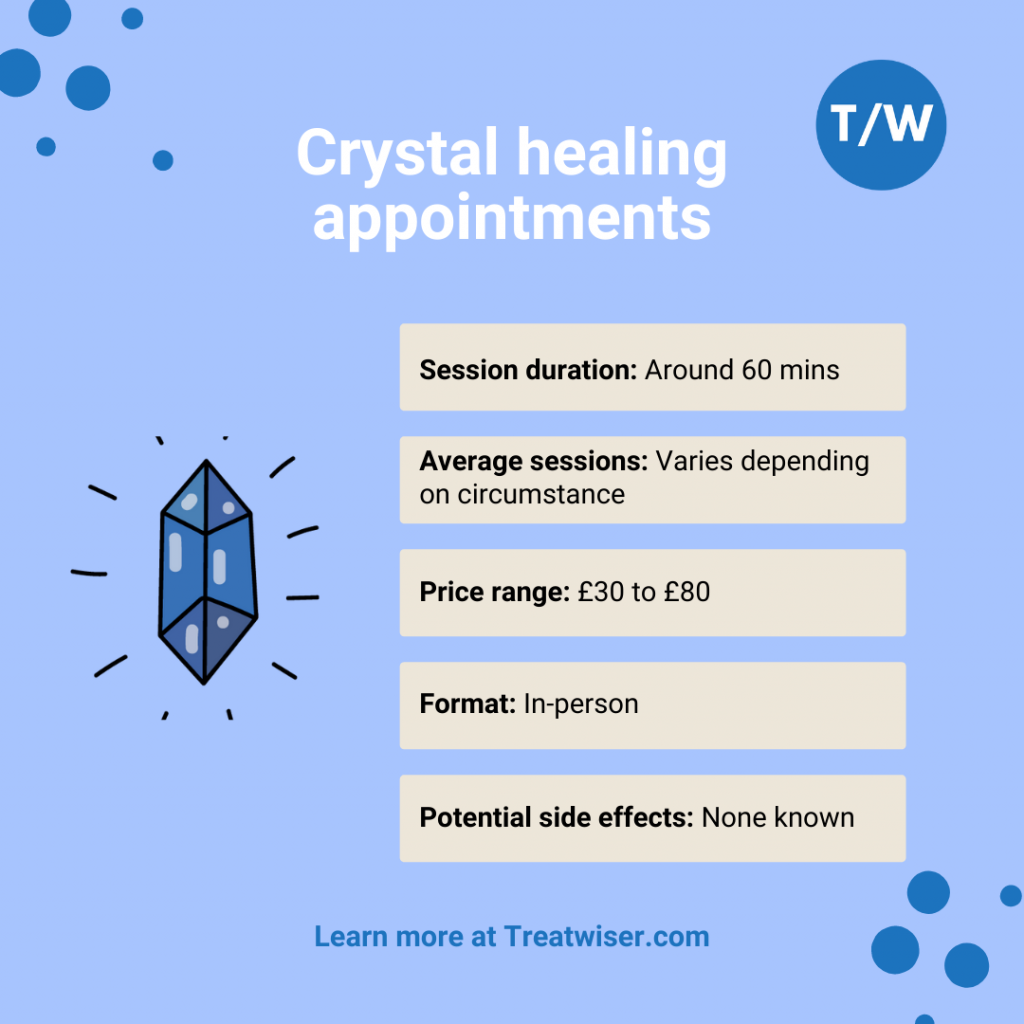
How do I find a crystal healer and what qualifications should they have?
Crystal healing is not legally recognised or regulated in the UK. However, therapists / practitioners are encouraged to complete a course accredited with a voluntary regulatory body as well as register with one or more of these bodies. This ensures they abide by a code of ethics.
When looking for a qualified crystal healer, we suggest asking one of the following associations:
- The Regulatory Council for Complementary Therapies (GRCCT)
- The Affiliation of Crystal Healing Organisations (ACHO)
- The Federation of Holistic Therapists (FHT)
- The Complementary Therapists Association (CThA)
You can also use Treatwiser’s directory to find a crystal healer near me. Use the search features to narrow your search by location (e.g., healing crystals near me in London), professional body membership status, and more.
How much will it cost?
Crystal healing must be paid for privately as it is not offered on the NHS. An hour-long crystal healing session typically ranges in price from £30 to £80.
How many appointments will I need?
The therapist will discuss a healing plan with you after the initial session, which may involve going for sessions once per week, every two weeks or once per month. It may also include doing meditation and using crystals at home.
How will I feel during crystal healing?
During a session, many people feel relaxed and notice sensations of tingling, buzzing, or warmth. It’s also common to feel emotional, laugh, cry, or yawn as energy is released – healers refer to this as an energy detox that indicates the release of energetic blockages.
However, you may not feel anything during a session, and this does not mean you are not receiving any benefits.
What are the major risks associated with crystal healing?
Crystal Healing is a gentle, non-invasive alternative therapy that has no known side effects.
DISCLAIMER: The Site cannot and does not contain medical / health advice. The medical / health information is provided for general informational and educational purposes only and is not a substitute for professional advice. Accordingly, before seeking any form of medical advice, diagnoses or treatment based upon such information, we encourage you to consult with your GP or other qualified health practitioner. You must never disregard professional medical advice or delay in seeking it because of something mentioned on this Site. The use or reliance of any information contained on the Site is solely at your own risk.

